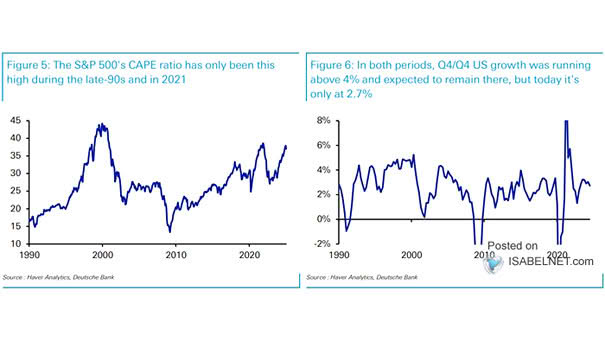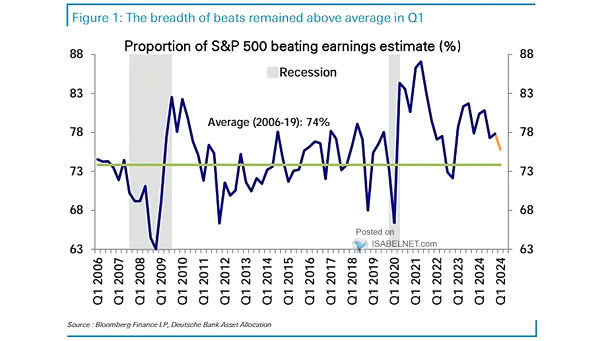Valuation – 10-Year Real Total Return for S&P 500 over the Last Century Based on Starting CAPE Ratio
Valuation – 10-Year Real Total Return for S&P 500 over the Last Century Based on Starting CAPE Ratio Markets love to stretch valuations to the limit, but history’s verdict is brutal: high CAPEs rarely end…


